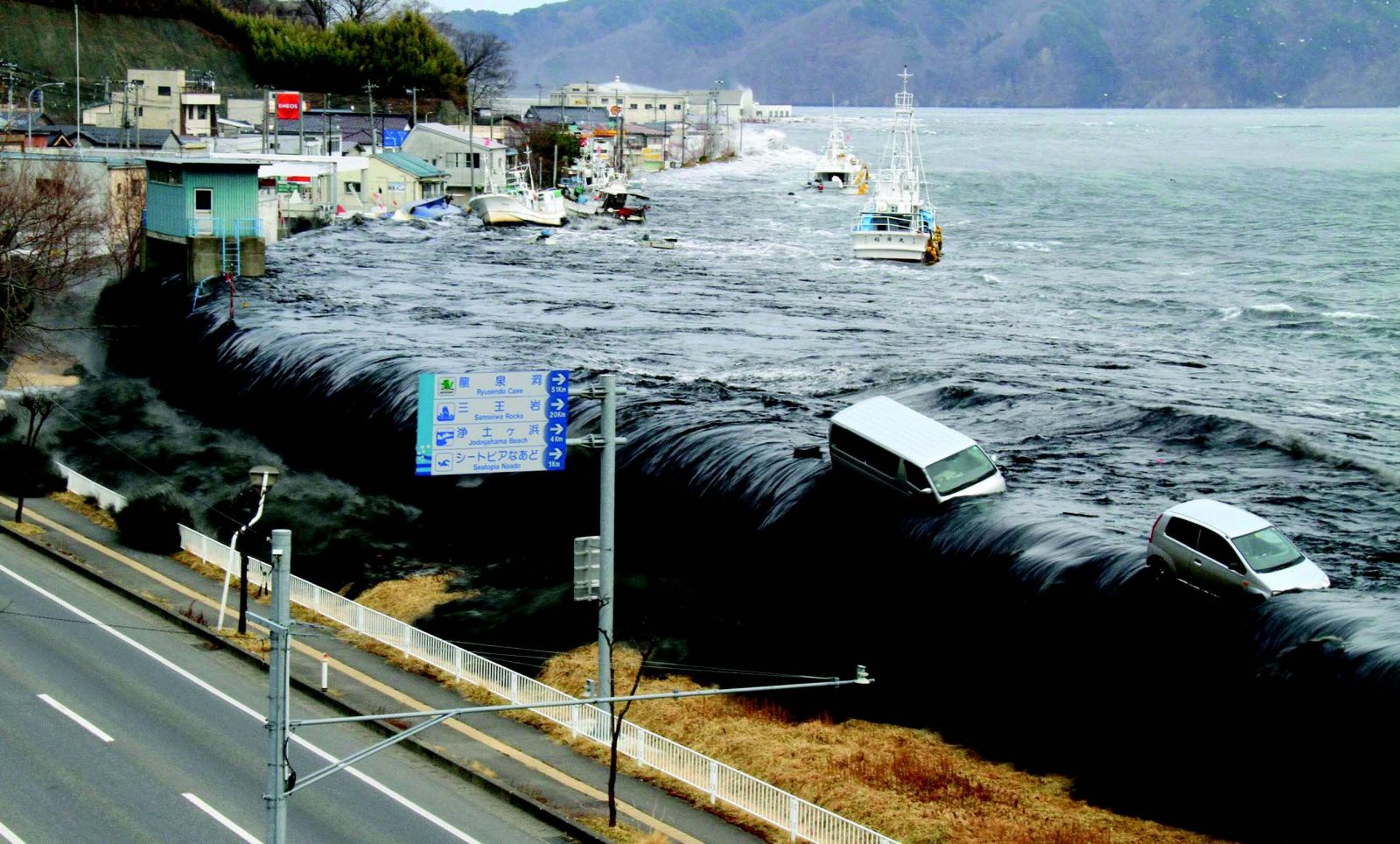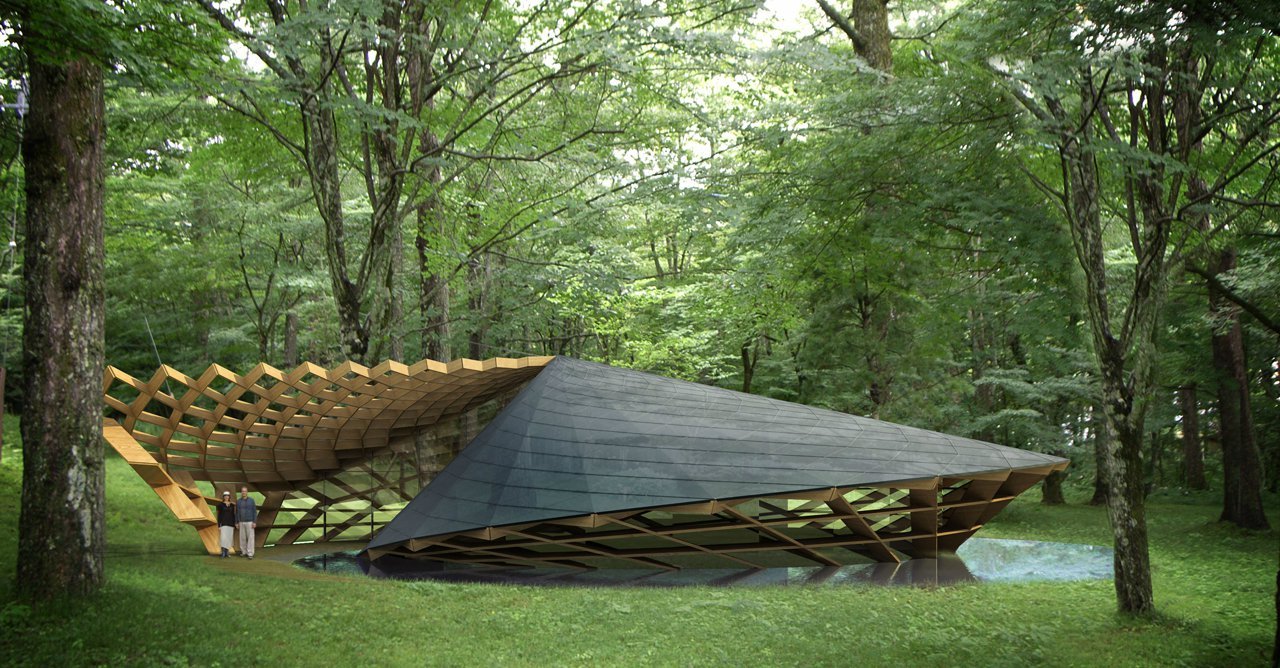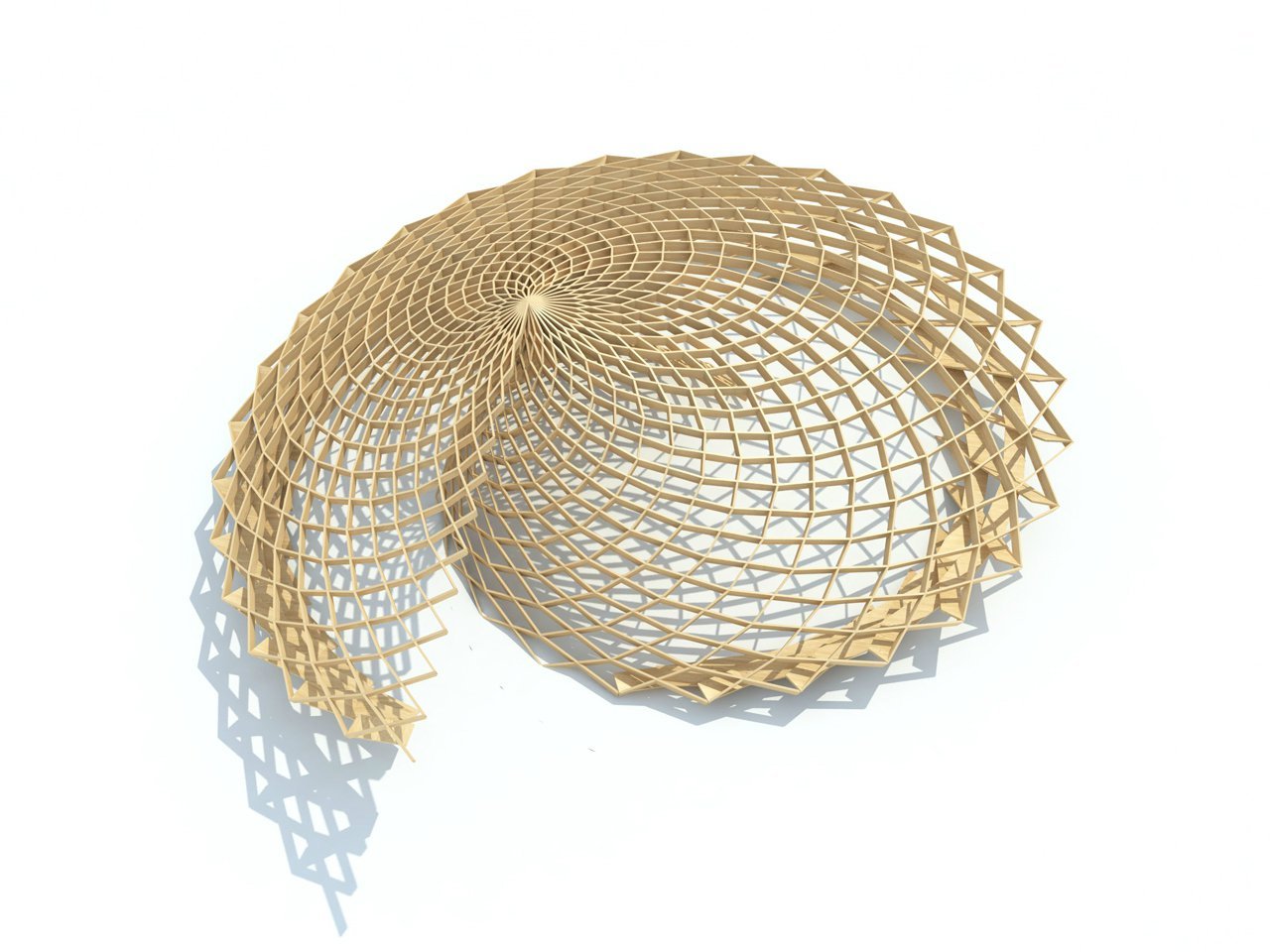Japanese architect Hitoshi Abe believes that the 9.0 magnitude earthquake that triggered the tsunami that hit the coast of northeast Japan in 2011 and sent waves up to six miles inland should not be forgotten. Its aim is to educate people and future generations on how to better cope with large-scale natural disasters.
Abe clearly emphasizes that we need to negotiate with nature. We shouldn't be overly reliant on our modern systems. In order to create a more resilient society, we must be able to understand the limits of not only constructional structures but also the social, political and economic systems that govern our societies. Understanding how Japanese society created a network to survive when the main systems and infrastructure to which they depend on collapsed can give us important insights into creating a more adaptable and disaster-ready modern society.
Many rebuilding efforts are largely government initiated and carried out by civil engineers. In addition, organizations such as Arch + Aid, a network of more than 270 architects who support reconstruction efforts, are created to try and adapt to these efforts.
Many Japanese architects also collaborated and devoted their time to help rebuild. For example, the project, which is a new meeting centre proposal for Rikuzentakata city elders; Kengo Kuma is a product of the collaboration between the Sant'Egidio Society, the Italian Embassy of Japan, and the University of Tokyo-Kuma Lab. The project is inspired by the lotus leaf, a plant that floats in water. It symbolizes the fragile relationship between life and nature. Designing architecture not against nature but with respect to nature creates hope for the future.
Also, local wood from Kasennuma, a tsunami hit area, was used for construction and local carpenters were asked to pay attention to it. In summary, the project aims to re-establish the belief in the balance between man and nature.


.jpeg)

Recent Blog Posts
